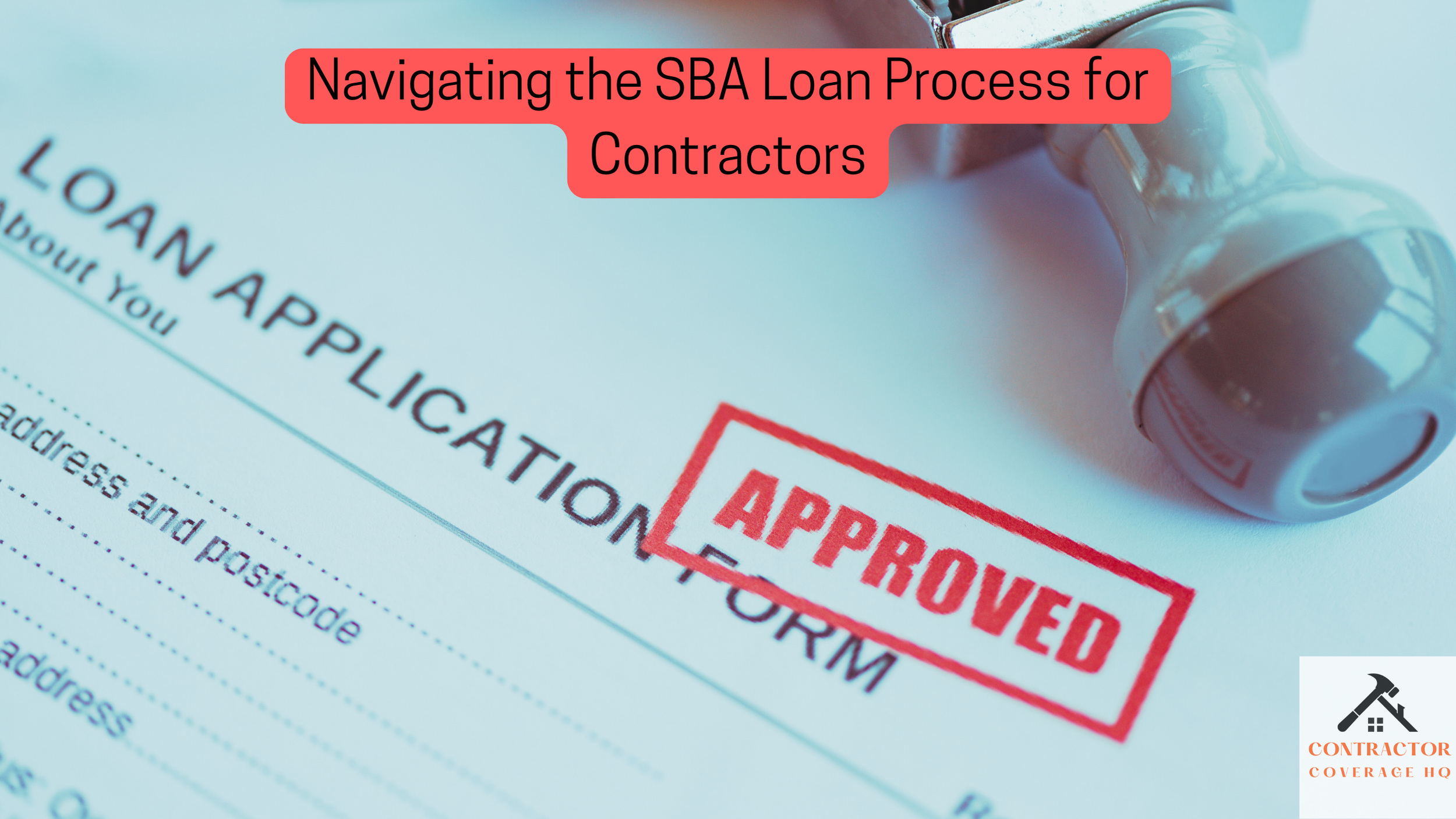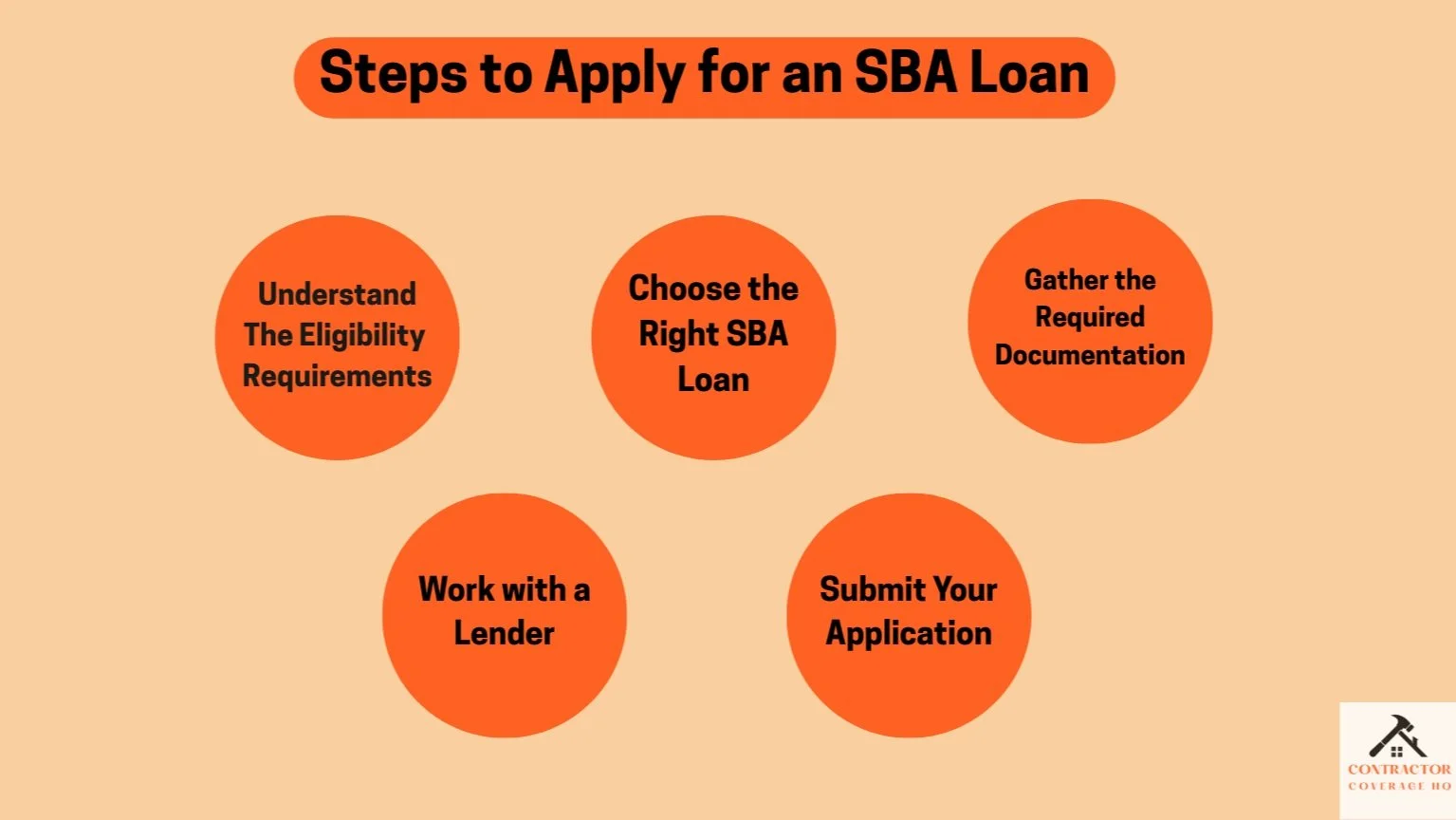Navigating the SBA Loan Process for Contractors
When applying for an SBA loan it can feel overwhelming, particularly for those unfamiliar with the process. busy contractors managing multiple projects and responsibilities. Between the stacks of paperwork and the intricate eligibility requirements, it’s no surprise that many business owners feel overwhelmed before they even start.
But here’s the thing––SBA loans are a game-changer. They’re built specifically to support small- and medium-sized businesses, providing funding that can be used for everything from purchasing equipment to refinancing existing debt. By demystifying the process and understanding each step, you can position your business to benefit significantly.
This guide will simplify the SBA loan process for contractors, offering step-by-step instructions and expert tips to help you submit a successful application.
*Just a quick note to be fully transparent: We do participate in ROK Financials affiliate program, which means we may earn a commission if you choose to use their services through the affiliate link below. This comes at no additional cost to you. Although we believe that ROK Financial is a good option for our readers, please don't feel that this is your only choice. If you have someone else in mind, please do your own research and use the financial company that works best for you.
Why SBA Loans Are Worth It
SBA loans offer several distinct benefits that stand out for contractors looking to grow their business. Here's why they're worth pursuing:
Low interest rates and longer repayment terms compared to traditional bank loans.
Flexibility to use funds for various needs, including equipment purchases, working capital, refinancing debt, or expanding your business.
Access to counseling and support services provided by the SBA to help you run your business.
Whether your goal is to invest in new equipment, hire additional staff, or manage seasonal cash flow, SBA loans are designed to alleviate financial constraints while promoting growth.
Breaking Down the Steps to Apply for an SBA Loan
Step 1. Understand the Eligibility Requirements
Before you begin the application, make sure you meet the SBA’s general eligibility criteria. Here are the key elements contractors need to watch out for:
Small Business Size Requirements: The SBA uses industry-specific size standards to determine eligibility. Contractors typically qualify as long as they don’t exceed a certain revenue or employee threshold.
Business Operation Location: Your business must be physically based and operating in the U.S. or its territories.
Sound Business Credit: While the SBA doesn’t require perfect credit, your credit history must demonstrate your ability to repay the loan.
Registered and Legal Business: Your company must be legally registered and operating within your local and state guidelines.
Knowing these requirements upfront will save time and avoid unnecessary surprises during the process.
Step 2. Choose the Right SBA Loan
The SBA offers multiple types of loans, but here are the top options most suitable for contractors:
7(a) Loan Program: The most flexible option, ideal for working capital, buying equipment, or refinancing debt. You can receive up to $5 million depending on your business needs.
504 Loan Program: Perfect for projects requiring significant investments in fixed assets, such as purchasing machinery or constructing facilities.
Microloans: Loans up to $50,000 for smaller needs like equipment upgrades or tools. This option is great for new contracting businesses looking to scale up operations.
Each program has unique benefits, so consult with an SBA-approved lender to find the one that aligns with your goals.
Step 3. Gather the Required Documentation
The application process for an SBA loan does require specific paperwork. The more organized you are, the smoother the process will be. Here’s what you’ll generally need to prepare:
Business Plan: Include detailed information about your business operations, growth goals, and financial projections.
Financial Statements (e.g., income statements, balance sheets): Showing your company’s current financial health.
Tax Returns (personal and business): Lenders typically ask for at least three years’ worth of returns for evaluation.
Loan Purpose Statement: Clearly outline how you plan to use the funds.
Contracts and Client Lists (for contractors): Showing your operational scope and revenue sources can strengthen your case.
If you’re unsure about which documents to prepare, your lender can provide a checklist to guide you.
Step 4. Work with a Lender
Unlike conventional loans, SBA loans aren’t issued directly by the SBA. Instead, they partner with lenders (typically banks or credit unions) who underwrite and approve the loan.
Here’s how to find the right one:
Use SBA’s Lender Match Tool on their website––a valuable resource that connects you with approved SBA lenders.
Reach out to local community banks or credit unions, as these institutions often work closely with small businesses.
Look for lenders experienced in SBA loans, as they’ll be more familiar with the process and can guide you effectively.
Step 5. Submit Your Application
Once you’ve chosen a lender and compiled all the necessary paperwork, it’s time to submit your application. After submission, here’s a general timeline of what to expect:
Initial Review: The lender will evaluate your application and may ask for additional details if needed.
SBA Approval: If the lender grants preliminary approval, they’ll submit the application to the SBA for review.
Final Decision: Once both the lender and the SBA approve, you’ll receive your funding terms.
The process typically takes between 30 to 90 days, depending on the complexity of your application and the type of loan involved.
Tips for a Smooth Application Process
Stay Organized: Keep all your paperwork in order and respond promptly to requests for additional information.
Be Transparent: Clearly communicate your business’s financial position and funding needs.
Consult Experts: Don’t hesitate to involve financial advisors or accountants for guidance. They can help ensure your application is accurate and compelling.
Avoid Predatory Lenders: Watch for red flags like high fees, exaggerated rates, or requests for incomplete paperwork. Stick to SBA-approved lenders to stay safe.
SBA Loans Are Designed to Help Contractors Thrive
Whether you’re upgrading equipment, investing in new technology, or expanding your business operations, SBA loans are a powerful tool to achieve your goals. Equipped with competitive terms, flexible usage, and government backing, they’re a lifeline for contractors looking to elevate their businesses.
Are you looking for the right loan partner? Check out our friends at ROK Financial! To apply online today use our affiliate link below—it’s quick and easy. Just fill in your info, and their team will reach out to you ASAP to help you secure the funding you need!



